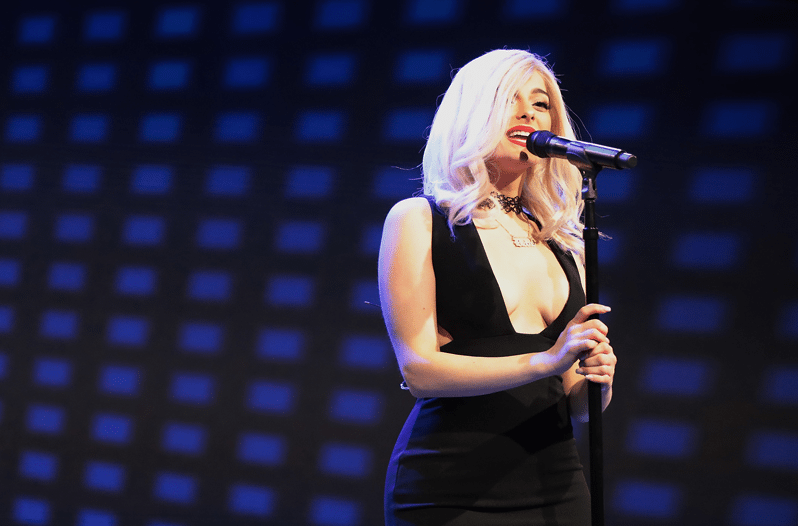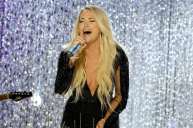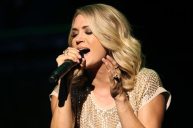In a year filled with discussion about the barriers female country artists face when it comes to country airplay charts, a new radio record shows that the genre still has a far way to go when it comes to standing on equal footing.
Videos by Wide Open Country
Bebe Rexha, a pop singer-songwriter, just made history by becoming the first woman to debut at No. 1 on the Billboard Hot Country Songs chart. Her song "Meant to Be" has become a crossover hit, in part, because it features vocals from Florida Georgia Line, a duo who have always toed the lines of what country is traditionally defined as.
Just found out I?m officially the first female in the history of Country music to debut at #1 on the country billboard charts. ??????
— Bebe Rexha (@BebeRexha) December 4, 2017
Before I go any further, I'd like to clarify that what I'm about to say is not a direct attack on Rexha, her talents or achievements. Instead, I would like to use this occurrence as one of the most blatant examples of why the country airplay charts and system is problematic.
According to Billboard, the chart is created by a mixture of data of digital download sales, streaming and traditional airplay, as reported by Nielson. It's no surprise that the song has been embraced by both Rexha and FGL's audiences, and the mix of their trademark sounds have won over thousands.
The issue that the record highlights is the fact that in the chart's 73-year-long history, we have just now seen a woman make her debut at the top slot. It's important to note that debuting at No. 1 isn't an easy task for any artist, and has only happened for a handful of male country singers. Most recently, Miranda Lambert's "Vice" nearly broke the record by debuting at No. 2. Even Carrie Underwood, who has debuted at No. 1 twice on the all-genre Hot 100 charts, hasn't made that leap.
Still, the fact that not a single female country artist has managed to make that accomplishment stings even more when the one who manages to finally break the mold is a pop artist who is accompanied by a male duo.
With the amount of promotion and lead-up to single releases for major female country artists, it is baffling to think that not even the most powerful and beloved female artists have the power to debut at the top of this chart. With streaming and digital sales higher than ever, it seems that terrestrial radio seems to once again be the factor that's keeping women from earning the accomplishments that they deserve.
Before this week, no single female country artists appeared at the top spot on the Billboard Hot Country Songs at all this year. Only Lauren Alaina, who was featured on Kane Brown's "What Ifs," and Karen Fairchild and Kimberly Schlapman of Little Big Town represented country females at No. 1.
I could write on and on about the ongoing issues with radio, but the real issue is this: Women are not getting the airplay that they deserve on the country charts, and that is not acceptable.




